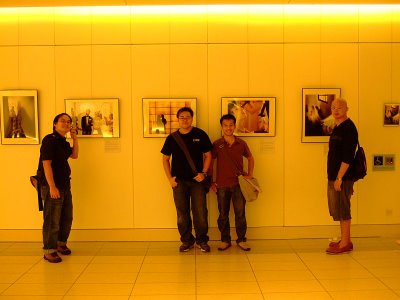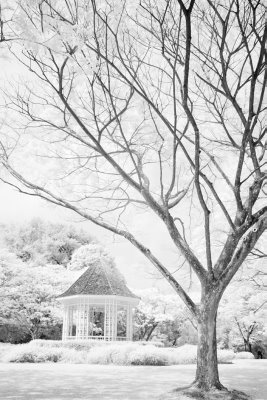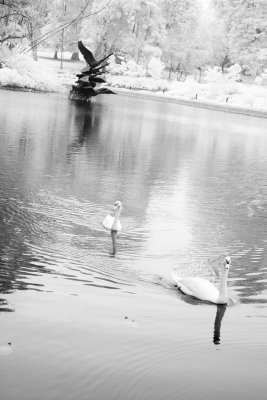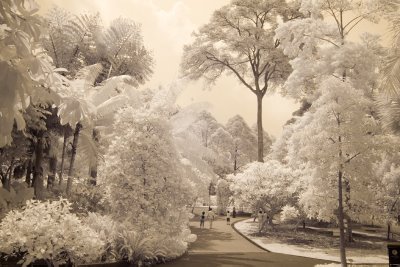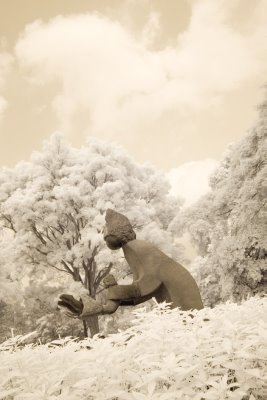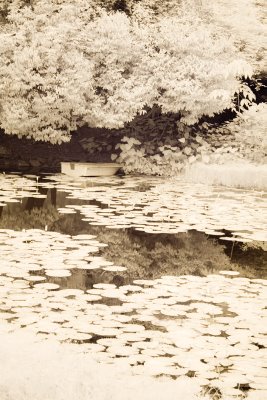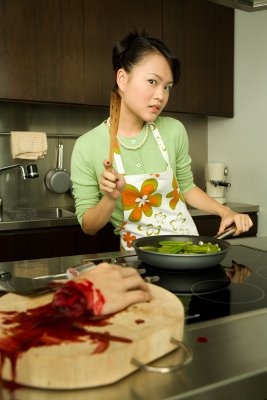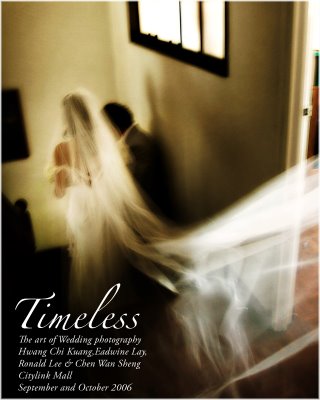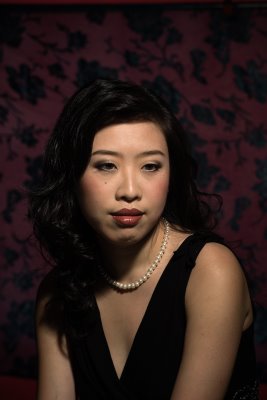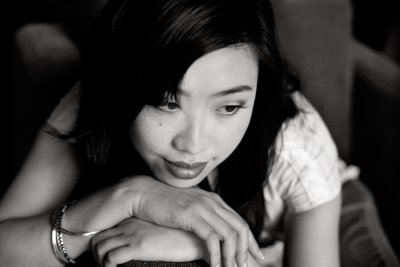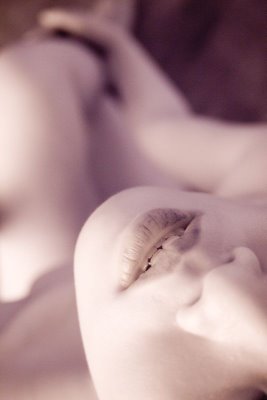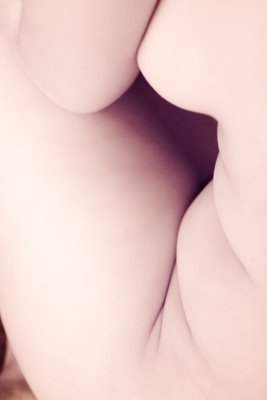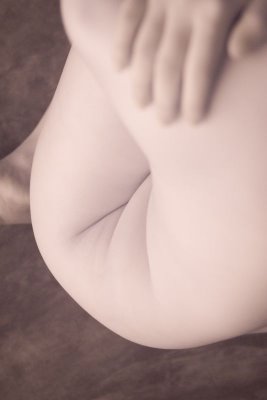I have not been blogging because I have been working. So that is good. I think that I earned enough money to pay my outgoings this month. Not bad for the first month back at work, but nowhere close to what I am spending in terms of new equipment. I will be posting some of my recent shots soon, but I think that I want to talk about some of the challenges of digital capture.
So many people think that digital capture is as good or even better than film. And there are so many things that are so convenient about digital capture, like the lack of the need to scan the image for printing use. But like any technology, digital capture has its good points and bad points. I guess that the first thing we should all understand is that digital capture is just different from film capture. The characteristics of the capture media are completely different.
Let us start with the way our eyes see color. It is different from how digital sensors see light. Check out the demo at
Tribeca Imaging Laoboratories. It is true that Tribeca labs are trying to sell you their software, but that does not mean that their explanation of the different response of the eye and digital does not hold true. Please note that film does not see colour like how our eyes do either. But as photographers, we have to be aware of the differing colour response between what we see and what we capture digitally. So in the best cases, our holiday shots with blue skies or water are not as blue as they should be. In the worst case, we have a product shoot of something in blue or purple and even with all the white balance controls in our hands, it simply will not solve the issue that the colour rendition from the sensor is inaccurate.
I am guessing that the reason why this is happening is because each color pixel in an image, is actually created by 4 sensors in a
Bayer array in the camera. The bayer pattern has 2 green filters over 2 sensors and a red filter over another sensor and a blue filter over the last of the 4 sensors. How each coloured filter is made and how algorithms are used to deduce the final colour is subject to the designer, and it deinitely is not what our eye, or film does. And the Bayer array sensors are the most popular in the camera industry today. There is the Foveon sensor which has a more film like sensor because the Red, Green and Blue sensors are on different layers like film emulsion. But the big players are not using this sensor and there is still no garuntee that the colour response is what we perceive.
Well, what do we do? You can buy Tribeca laboratoiry's software. Or I am hoping that I can use a Gretagmacbeth Chart and
Tom Fors script in Adobe Camera raw, to get a more accurate colour profle of the cameras that I use. Tom Fors script is free, but the Gretagmacbeth 24 colour chart is almost S$200.
And then there is the fact that digital sensors are placed in regular grid array, and when you photography regular patterns in real life, there is a tendency to have
Moire patterns. I have heard suggestions of varying the distance between the subject and the camera, but it has a minimal effect in my experience. As a portrait photographer, I am tempted to just ask my subject to change his or her clothes. But if I were shooting fashion and had to shoot a piece of clothing, that would be a bummer! There are programs that help to lessen Moire, but they are not perfect and do introduce quite a bit of softness in the image. You may have to mask out the anit-moire filter in other areas to keep the sharpness in. The cool idea that I came up with while working for Paul Elledge is to change to a different camera with a different sensor. The Moire was still present but much less obvious. At one point Paul asked me 'What I think I should do? Shoot with film and then scan the image?' Hmm... we may still get Moire because the scanner has a regular grid pattern too. This is one digital limitation we are just going to have to live with.
And I have not finished with digital sensors yet. Digital sensors have a linear response to light, but our eyes do not. So the actual capture by a digital camera looks awful. They have to apply a gamma curve to the information to mimick the human eye. And this effectively distributes the information around such that half the digital information is in the first stop, the next brightest stop has one quater of the information and so on. The darker areas have very little information. So we have to shoot differently, even if we want a moody, dark image. We have to expose brigth images and create the effect in photoshop. You can read more about this in The Luminous Landscape article,
Expose (to the) right. Good exposure is critical in the digital age, and people have yet to figure out what to do.
And I wonder, even if I get ontop of the technical challenge, it still won't have the tonality of film. I know it ain't film, but it is the quality of textures that turn me on.
